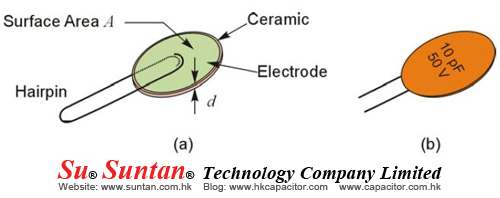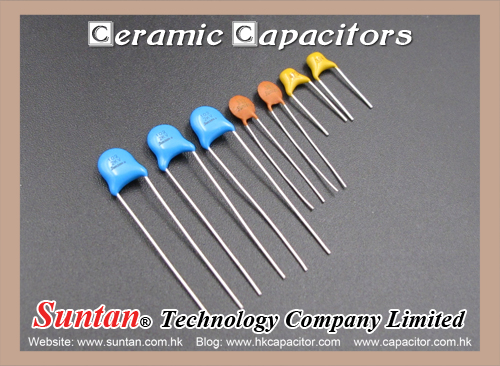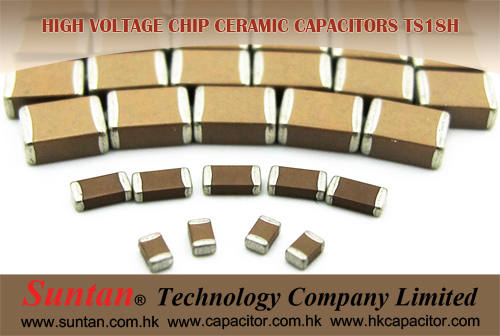How are Ceramic Capacitors constructed? -- Part 2
Previous blog we have talk the simplest ceramic capacitor consists of a square or circular shaped ceramic with electrodes attached.
Manufacturing starts with finely powdered base ceramic material that are pressed into dies and fired at high temperatures. Individual capacitors may be cut from large sheets of ceramic material. The capacitor electrodes (i.e. the plates) are attached by screen printing a mixture of silver, finely powdered glass, and a binder on both sides of the disk, and firing the ceramic element again. This evaporates the binder, and the melted glass binds the silver to the ceramic surface. Next, hairpin wires are clipped onto the capacitor and it is dipped in solder. Once cooled the capacitor is dipped into paint, marked, and the lower ends of the hairpin cut off. Clearly the whole process lends itself to automation, and dipped ceramic capacitors are very inexpensive. Capacitor characteristics depend on the type of ceramic used.
Dipped ceramic capacitor construction. (a) Capacitor after electrode and hairpin attachment. (b) Capacitor after dipping and marking.


 is the dielectric permittivity of vacuum, Kd is the dielectric's dielectric constant and d is the distance between the two plates.
is the dielectric permittivity of vacuum, Kd is the dielectric's dielectric constant and d is the distance between the two plates.

